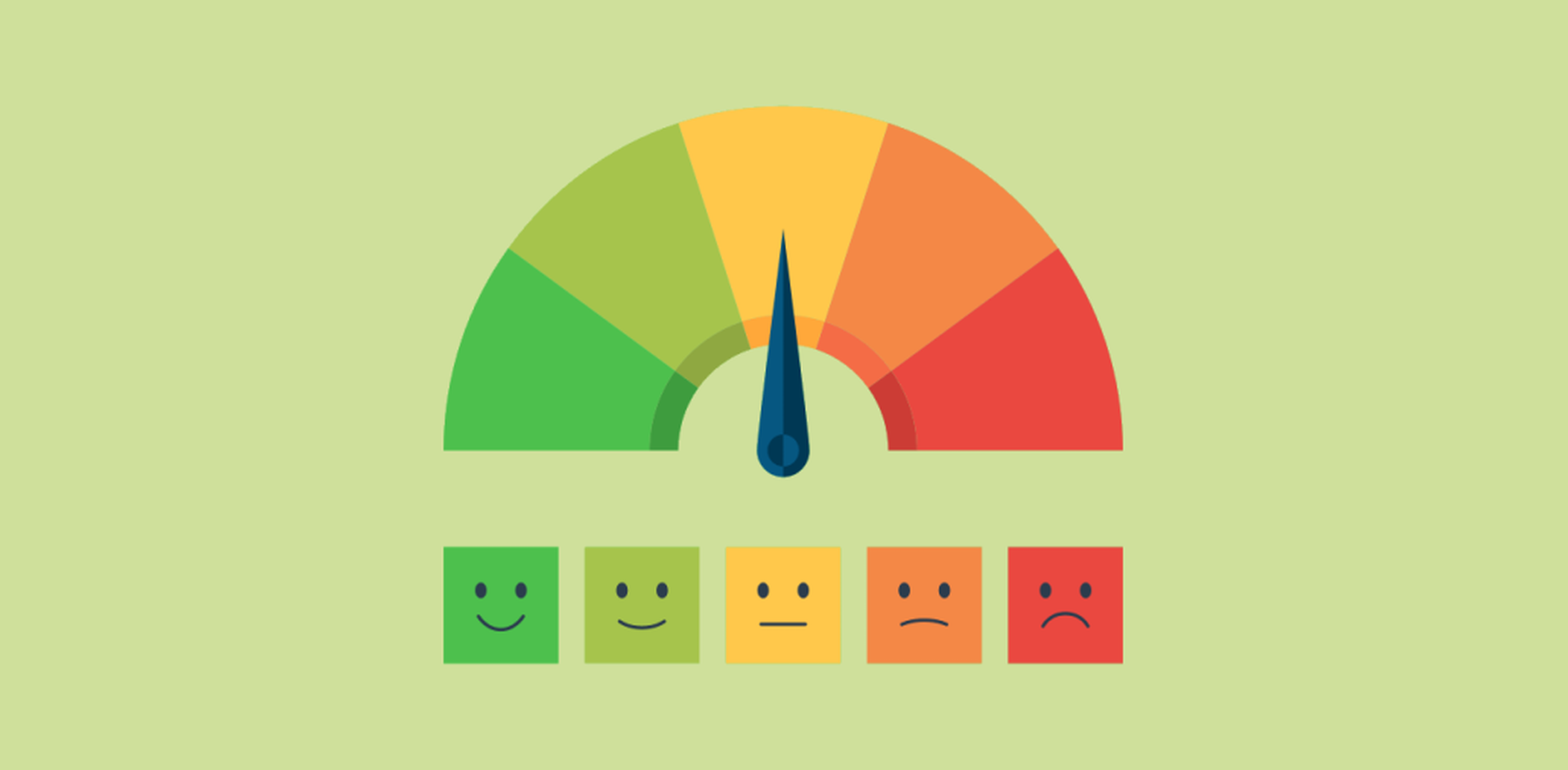Preparing for the Report Card Era: Self-Evaluation and the New Ofsted Framework (November 2025)


The landscape of school inspection in the UK is undergoing its most significant change in decades. From November 2025, the familiar single-word overall grade will be replaced by the Ofsted Report Card, marking a fundamental shift towards a more nuanced and detailed assessment.
This change significantly impacts how schools should approach their internal self-evaluation process (often summarised in a Self-Evaluation Form, or SEF), requiring leaders to align their internal checks with the new criteria.
It's crucial to understand the current official stance: Ofsted does not require schools to complete a specific Self-Evaluation Form (SEF) or any document in a pre-determined format.
Schools have the full freedom to use their own self-evaluation document. Inspectors want to see evidence of continuous, robust self-evaluation that is naturally embedded in the school’s daily business and improvement planning—not a bureaucratic exercise produced solely for inspection.
What inspectors want: A summary of your self-evaluation, which could be a detailed section of your School Improvement Plan (SIP), a summary document, or your own bespoke SEF.
The Key Principle: Your self-evaluation (whatever its format) must accurately reflect your strengths and weaknesses and be the foundation for your strategic improvement priorities.
While the SEF document itself is non-statutory, the process of self-evaluation is absolutely central to the new framework.
The new Ofsted Report Card, with its focus on multiple graded areas, provides a clear, structured framework for school self-evaluation. Your internal review processes should be re-aligned to mirror these new evaluation areas and the five-point grading scale.
Your self-evaluation should not just cover the quality of education but must address all six core areas and the crucial, separate safeguarding judgment. Use these areas to structure your monitoring, data collection, and internal reviews:
|
New Core Evaluation Area |
Self-Evaluation Focus (The Questions You Must Answer) |
|
Inclusion |
How effectively do we identify and support all vulnerable pupils, particularly those with SEND and disadvantaged backgrounds? Do these pupils achieve as well as their peers? |
|
Curriculum and Teaching |
How ambitious is our curriculum design? Is the teaching and training across the school consistently effective in delivering this curriculum to all pupils? |
|
Achievement |
What is the measurable impact of our provision on pupil progress and attainment across the curriculum? |
|
Attendance and Behaviour |
How well do we manage pupil behaviour and attitudes? Are our attendance policies robust, and are they leading to high pupil attendance? |
|
Personal Development and Well-being |
How comprehensively does the school support pupils' wider personal growth, mental health, and citizenship? (e.g., PSHE, extra-curricular provision) |
|
Leadership and Governance |
Do leaders and governors have an accurate and clear understanding of the school's strengths and weaknesses? Do they prioritise the right actions for improvement and support staff well-being effectively? |
|
Safeguarding (Binary: Met/Not Met) |
Are all statutory safeguarding requirements consistently met? Is the culture of safeguarding robust, understood by all, and effective in protecting pupils? |
The new five-point scale replaces the old single-word judgments: Exceptional, Strong standard, Expected standard, Needs attention, Urgent improvement.
To ensure your self-evaluation is robust, use the criteria for the new grades (as outlined in the inspection toolkits) to critically assess your current performance in each area.
Targeting 'Expected Standard': The new framework is built around schools meeting the 'Expected Standard' (meeting all legal and professional duties). Your SEF should clearly confirm where you meet this baseline.
Justifying 'Strong' or 'Exceptional': If you grade yourself as 'Strong standard' or 'Exceptional', you must provide sustained, embedded, and highly impactful evidence that goes beyond statutory requirements, often demonstrating a transformative impact on disadvantaged pupils.
Identifying 'Needs Attention': Be honest. If a new report card category is a weakness, labeling it 'Needs attention' in your self-evaluation is a sign of accurate leadership and self-awareness, which inspectors value. It shows you have already prioritized an action plan for improvement.
The new framework affects both new and established schools, but with different inspection types:
For schools awaiting official opening, the focus remains on meeting statutory requirements.
Self-Evaluation Guidance: Your 'SEF' here is essentially your detailed plan and preparation documents. You must demonstrate that the Quality of Leadership and Management is outstanding in planning:
Policies: All statutory policies (especially Safeguarding) must be in place and fit for purpose.
Curriculum: Evidence that the curriculum is well-designed, ambitious, and compliant with all standards.
Suitability: Clear documentation confirming the suitability of staff and the governance structure.
For schools receiving their first Section 5 inspection post-November 2025, your SEF should be your roadmap to the Report Card.
Self-Evaluation Guidance:
Contextual Accuracy: Ensure your self-evaluation starts with an accurate description of your school's context (e.g., pupil premium numbers, SEND cohort, local challenges). This grounds your judgments.
Evidence Matrix: Develop a self-evaluation matrix that assigns an internal judgment for each of the six graded areas and is directly backed up by evidence (e.g., pupil work, staff training records, governor minutes, attendance data).
Priorities: Your School Improvement Plan should clearly flow from the areas identified in your self-evaluation that fall below the 'Strong standard.'
By proactively aligning your self-evaluation with the Report Card's structure, you transform the process from a burden into a powerful tool for continuous school improvement.